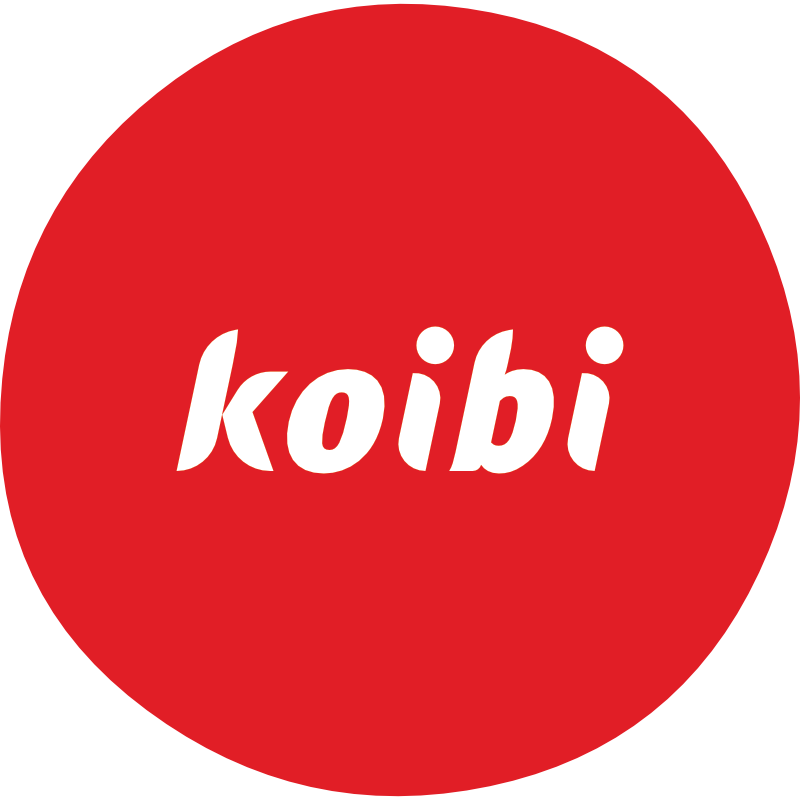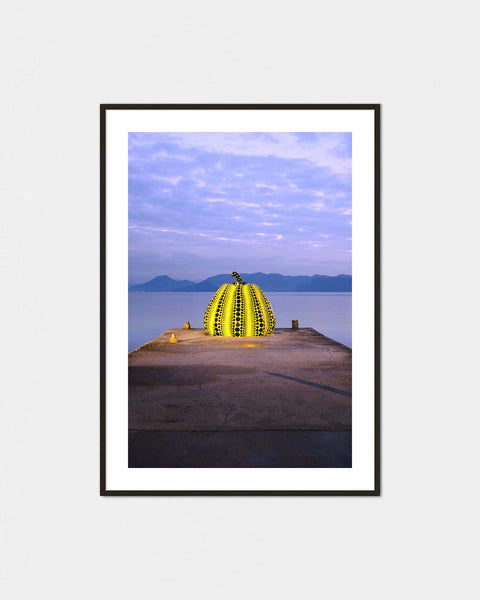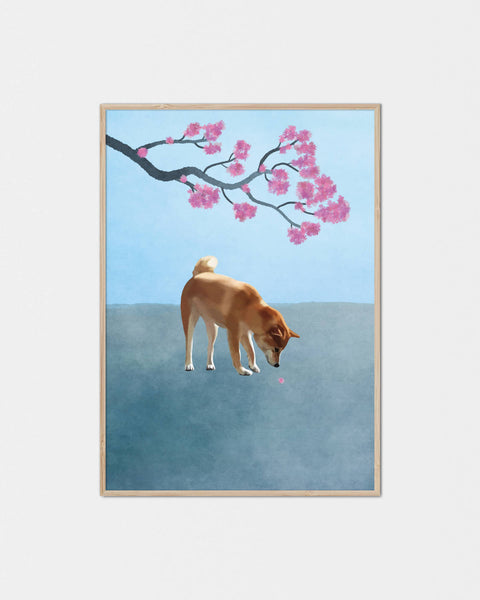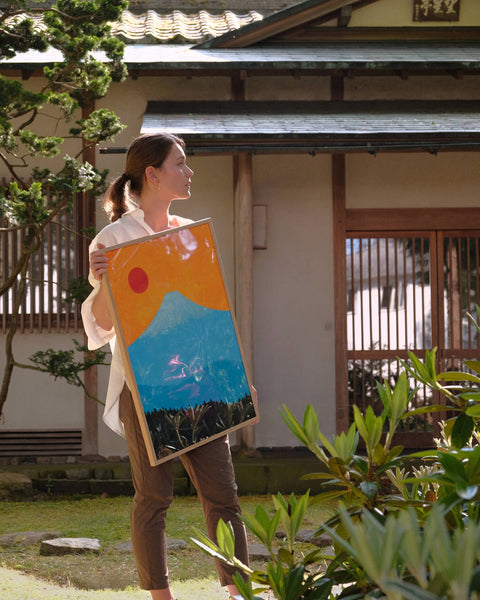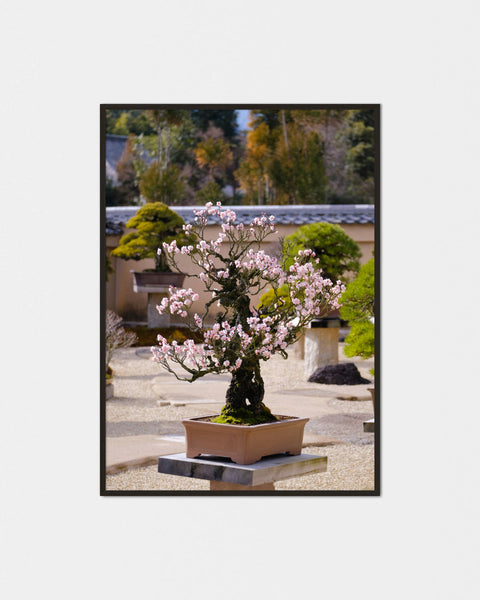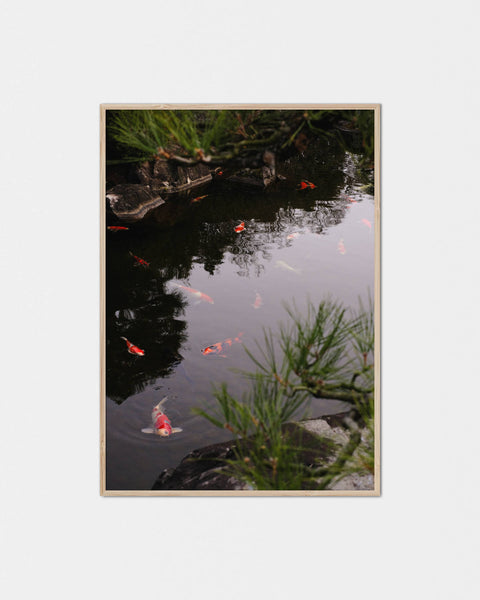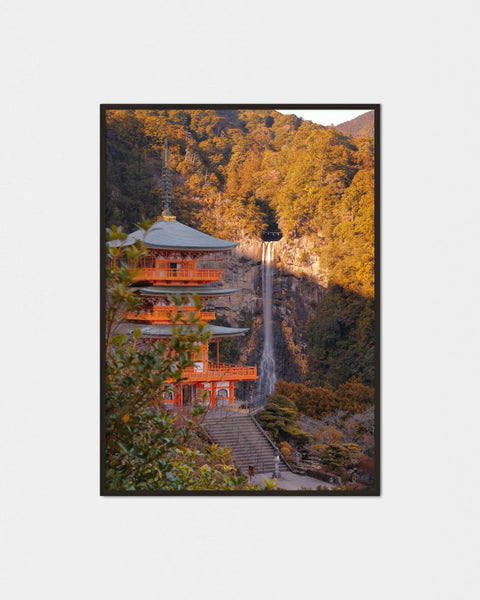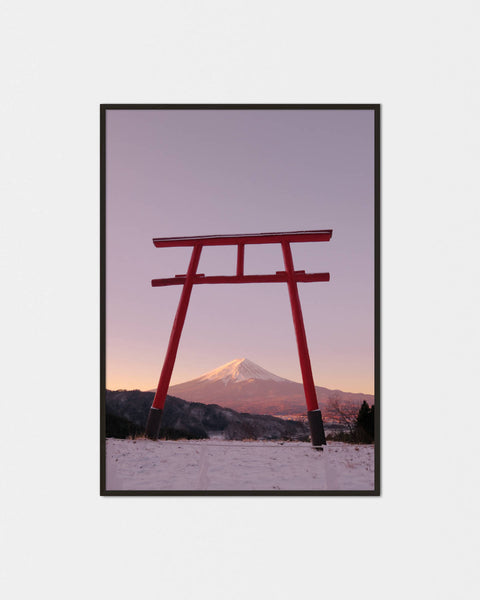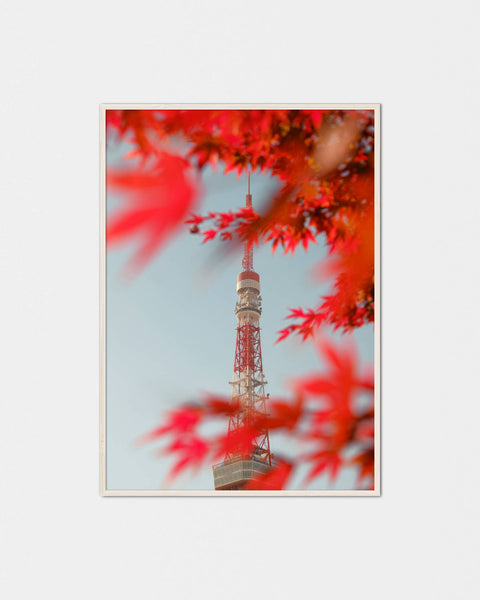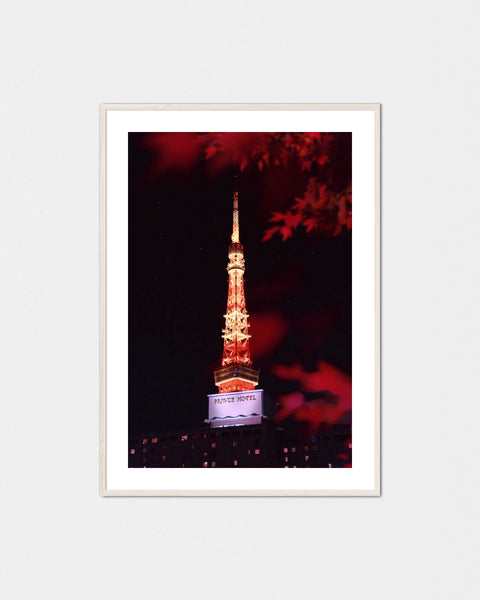Fancy a traditional Japanese Washi paper texture for your Procreate art?
As an artist working in Procreate on iPad, there is no limit to what you can explore and experiment with. One of the things that I have been curious about is applying paper textures to my Japanese-related art. With some testing, I can safely say that the results vary greatly depending on the paper texture and settings you apply. For example, changing the blending options and opacity settings makes a huge difference. Also, the type of brush used in Procreate impacts the outcome as one would expect.
With some research, I found many types of oil painting paper textures available that have a particular style that oil painters typically like. Yet, I have not stumbled across any Japanese Washi textures that spark my interest — given how I want it to look and how it should behave in Procreate. For that reason, I have decided to perfect my own to simulate the craft of Japanese Washi paper and transform my digital art with an authentic Japanese texture feeling.
Washi paper traditions in Japan
There are many types of Washi paper in Japan — most famously is probably the Kozu variant produced from the bark of Mulberry. With its long fibers and superior capabilities, Washi papers made from Kozu are strong and durable for many purposes. Moreover, a key to the success of Japanese Washi also is the ability to create sheets of paper that are thin and that light can pass through. For these reasons, the Japanese have created paper types by generations useful for various applications. In Japan, Washi is, for example, often used for artwork such as Woodblock printing (木版画, Mokuhanga). In addition to application areas such as cloth making, umbrella production, art restoration, and interior decoration.
Japanese Washi papermaking is a spectacular art craft. Traditional Washi is hand-made and still being produced in areas of Japan counting Saitama, Nagano, Fukui, Shikoku, and more.
Here is a beautiful video capturing how Washi comes to life in Japan.
The future of Japanese art in a digital era
Looking at the future of digital art, first and foremost, I think it is good to respect and celebrate the traditions from the past — as in the case of Japanese Washi. In essence, my intention of making Japanese-inspired art is much embedded into my fascination and curiosity about the culture. And it deserves to be promoted and enjoyed by the world even though time and technology will continue to change how things develop.
Undeniably, the fact is that technology and digital solutions are increasing radically year by year while resources diminish. To produce Washi, you need a large amount of bark and soft water. The sun is the natural source to achieve white colors in contrast to chemical bleach, as used in many modern paper production facilities. The importance of Washi is perhaps not as vibrant to Japanese life as it used to be, but I sincerely hope the traditions will live on and there are people to continue with the craft.
One day, can you imagine that museums only will be housing digital art? And prints like Katsushika Hokusai and Utagawa Hiroshige once made will be presented in digital format only? For centuries, woodblock prints from these famous Ukiyo-e artists have been printed on paper in many examples and sold globally with commercial objectives. Famous artwork of woodblock prints also replicated over the years have, in particular, been difficult to source back to the original work. With NFTs and other technologies winning over, we may realize a dominating digital-oriented art space sooner than we think.
Nevertheless, let’s not forget about the past and those fantastic artists and dedicated craftsmen — who have inspired and contributed to the development of where we are today. In my personal opinion, I think that textures, grain, shapes, and the like only ads character — more than any pixel-perfect digital art will ever have the chance to express. With our human eyes, we see things almost too perfect. Thus, the unrefined and unperfected is a contrasting gem to our daily lives.
Learning more about the Japanese Washi culture
With my goal of making a realistic paper texture set aimed at Procreate users like myself, I will be doing some research to learn more about Japanese Washi in the coming period. When able to travel again, Japan is high on the list to visit. Naturally, I’m going to try to make my own Washi paper somewhere around Japan, perhaps a trip to Shikoku — it seems to be a fantastic destination with a great variety of beautiful locations and events to explore. Hopefully, that will allow me to understand papermaking better using the traditional techniques while having the chance to learn more about Japanese culture in other areas of the country.
I will keep you posted and show the results when ready. I’m hoping that there are people out there who are as excited about this as I am. As usual, Japan makes me curious about life, and there are always new and exciting things to explore. The culture of Japanese Washi making is no different.
